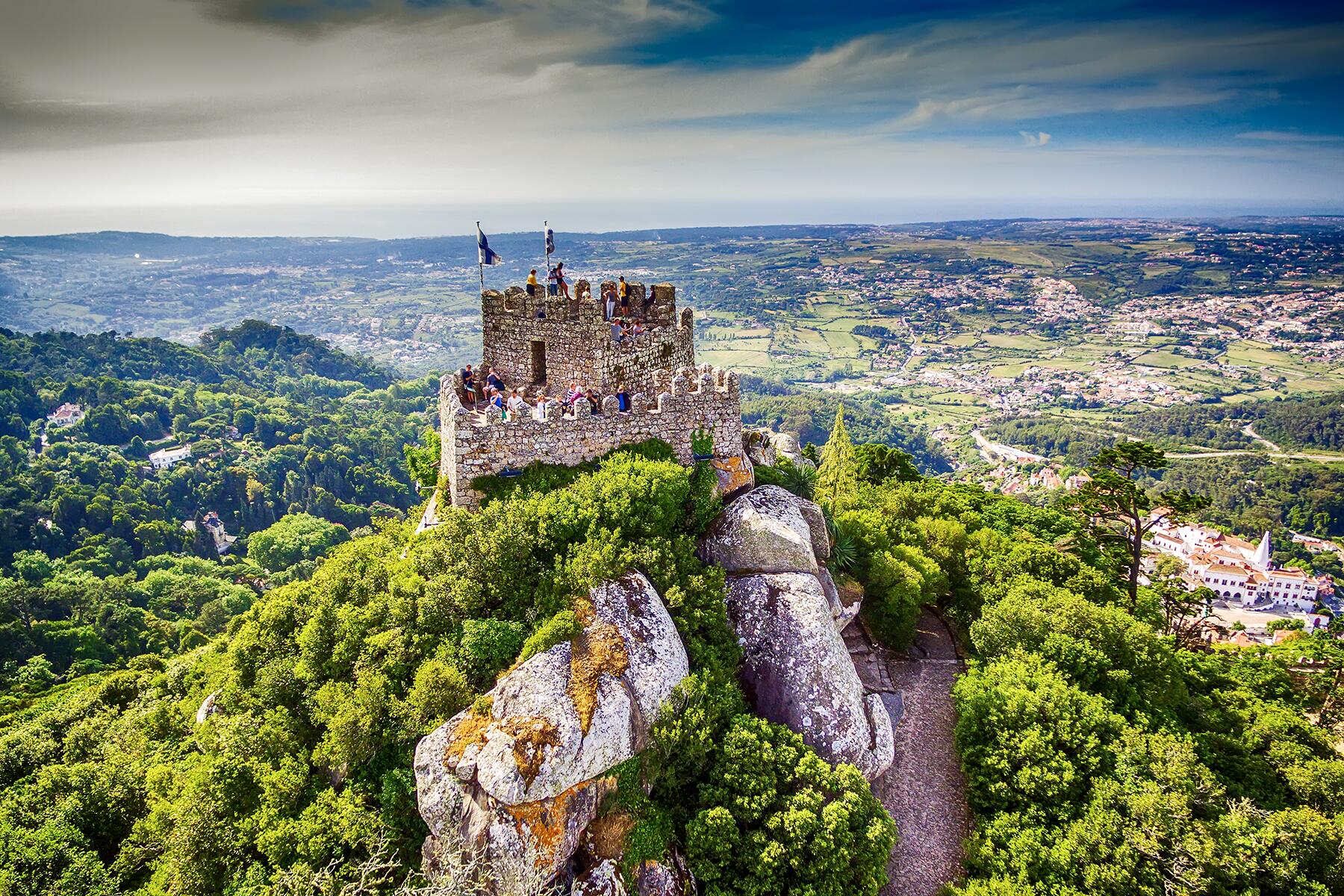You might know Portugal for its sun-drenched coastline, but this is also a land of palaces.
With the Atlantic Ocean on the west and Spain to the east, Portugal was always forced to protect its borders. Traveling through the country today, you’ll find numerous strongholds built to prevent invasions from the Spanish and many civilizations before them. The region of Alentejo alone has more than a dozen castles, and there are many more hiding in the northern part of the country around Porto and even close to the capital city of Lisbon. Some have been converted into hotels, while others remain empty, coming alive only during summer festivals. From isolated structures to entire towns enclosed by stone walls, these are the best castles and fortified cities in Portugal.




